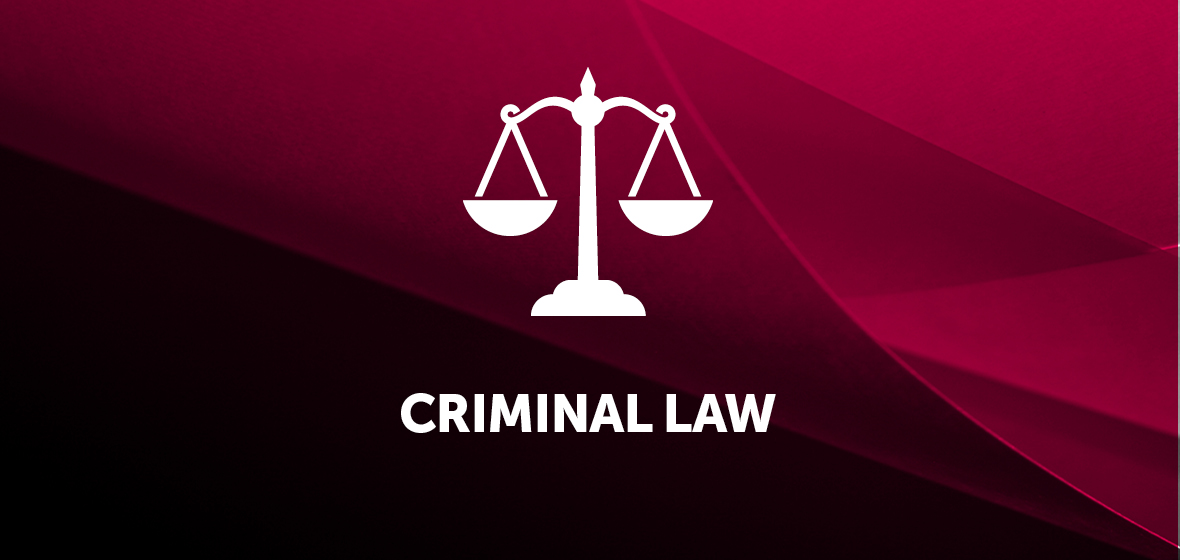Key decisions
- Greenhalgh v R [2017] NSWCCA 94
- Tootle v R [2017] NSWCCA 103
- Why v R [2017] NSWCCA 101
Greenhalgh v R [2017] NSWCCA 94
Indictable appeals – limitations – rule 4 – importance of considering directions at first instance
In appeals from indictable trials, where an offender seeks to appeal on a point not argued at trial, rule 4 of the Criminal Appeal Rules (NSW) requires that leave be granted before the appeal can be allowed. Unlike the other common kinds of leave which are often required in these matters, rule 4 has traditionally been approached as a discrete hurdle to be overcome by an applicant. But how should the court approach that grant of leave? In this decision the Court of Criminal Appeal (‘CCA’) has reviewed the law on rule 4 and, on one view, flagged the potential tightening of its application.
A jury convicted the applicant of two counts of sexual intercourse without consent and three counts of indecent assault, all arising out of one course of conduct. The central question at trial was consent, and particularly what the accused knew about whether or not the complainant consented to the conduct. Despite the fact that it had not been raised at trial, on appeal the applicant raised grounds arguing that the trial judge’s directions on consent had been inadequate because of a (very fine) distinction between the mens rea in an indecent assault charge when contrasted to a sexual assault charge. The Court (Basten JA, Button J agreeing, N Adams J agreeing generally but with some additional observations) refused leave to appeal, on the basis of rule 4.
The cases have differed about the proper application of rule 4 (at [8]). After reviewing some of the decisions (from [7] to [12]), Basten JA observed that rule 4 assumes the existence of a ground which, if upheld, would result in the quashing of a conviction (at [14]). There is a tension between the fact that an unfettered discretion has been granted to the Court, and the fact that some limitations are presumably required in order to achieve similar results in similar cases (at [15]). Although in theory the appeal court needs to objectively assess whether the appeal ground raises an issue of unfairness, that is complicated by the fact that trials are adversarial, so that parties should generally be bound by their cases at first instance, and an objection might not have been taken for tactical reasons which might not subsequently be obvious (at [17] to [19]). To that end, the Court in this case clearly discouraged, but did not outright prohibit, the tender on the appeal of an affidavit by trial counsel (presumably to the effect that it was inadvertence, not tactics, which caused the issue not to be raised at trial) (at [20]). If it is asserted that a direction was not given but should have been, it will usually be a precondition of leave under rule 4 that the ground of appeal formulates the omitted direction – it will be almost impossible to assess the effect the direction would have had if its terms are not provided (at [21]).
N Adams J agreed broadly with the decision of the plurality. Where her Honour differed appears to be on the focus of the test; her Honour favoured an often-cited (and potentially narrower) principle that an applicant must establish that he or she has lost a real or fairly open chance of being acquitted (at [46] to [48]).
Ultimately, solicitors need to be vigilant during trials to ensure that counsel makes appropriate objections on any issue which might eventually be considered on appeal, and also that the directions given by the judge are given significant consideration at the time of trial. It seems at least reasonably possible that the CCA, in an era where the number of appeals is climbing, will increasingly rely on Rule 4 to ensure that appeals are kept within narrow grounds.




